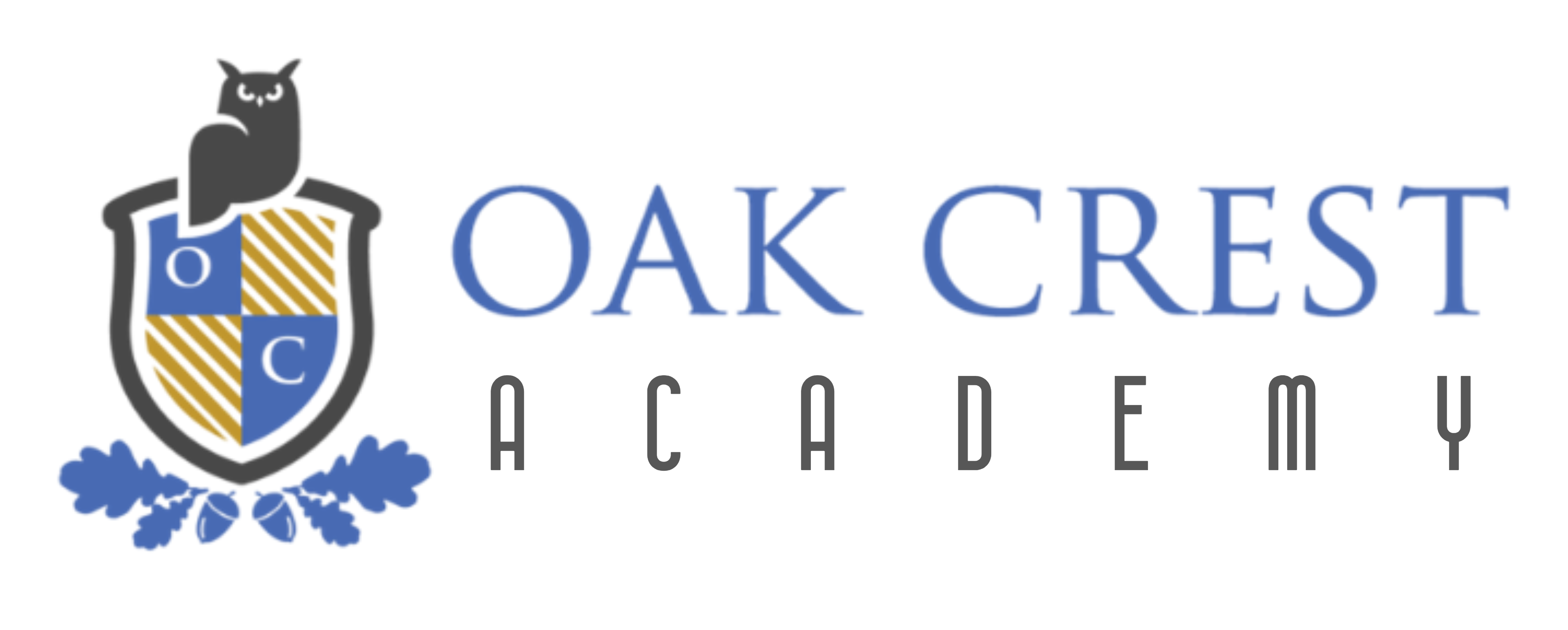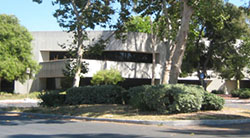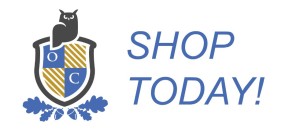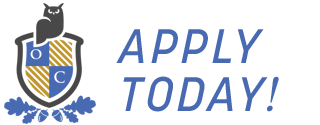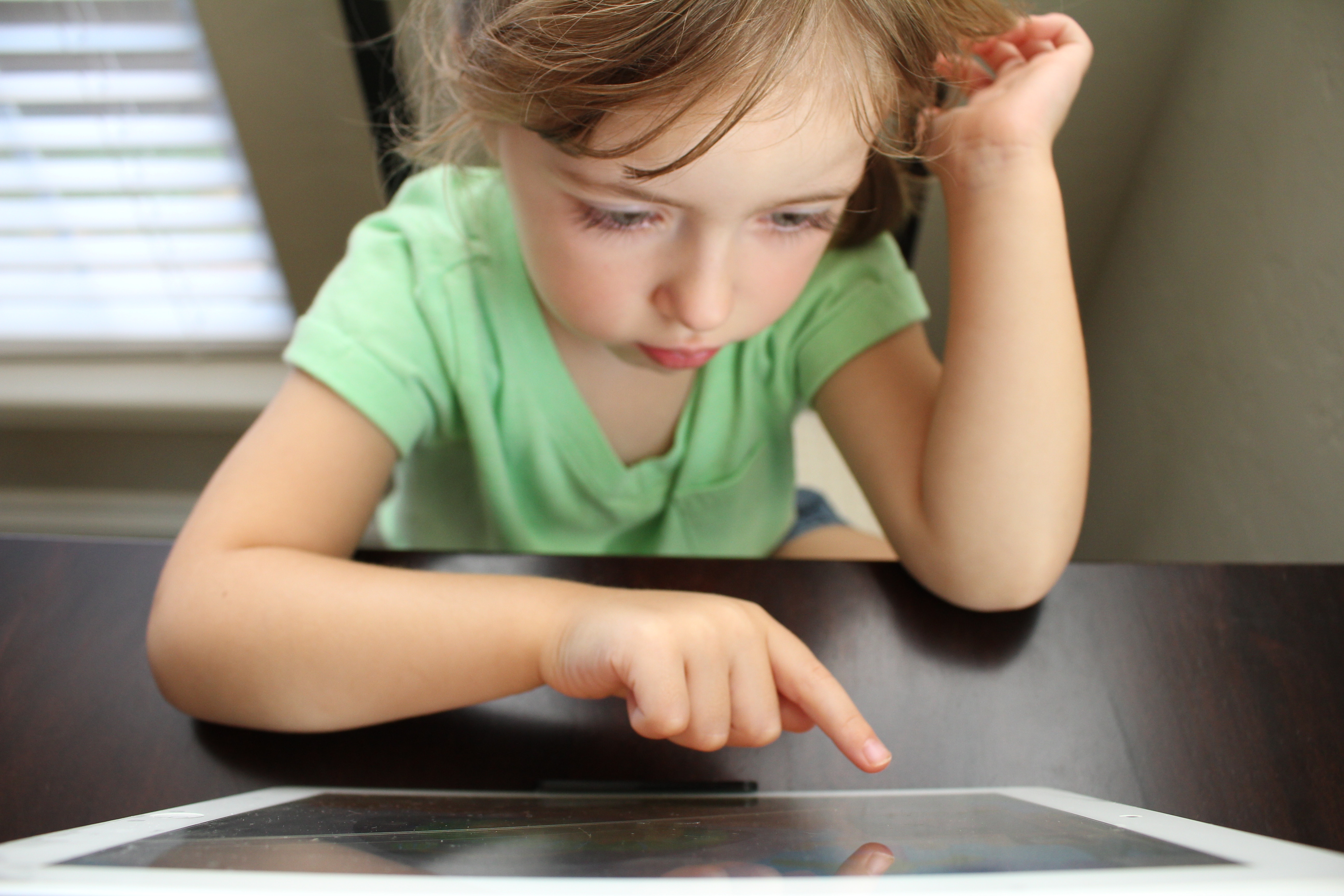
All students, not just gifted ones, learn differently. They all have a right to the best education possible for each of them. Gifted students present special challenges for the classroom, however, because of their unique combination of advanced intelligence and singular perception of the world in which they live. They see things and feel things differently. They focus intently on a subject or take a bird’s eye view of a much broader landscape. They are highly individual.
They are most likely to need educational programs that reflect this individualization. More and more these days, classrooms are adding interactive opportunities for students to express individual approaches to learning. Technology has made it possible for students to accelerate their understanding of complex subjects. The use of computers has facilitated the search and discovery of new worlds and a vast store of information for gifted students to absorb and master.
Changes in Process, Content Offer Accelerated Learning
Interactive learning is a way to implement differentiated learning, a philosophy that promotes a curriculum based on varied and challenging content, a process that encourages higher order thinking, and a different way of looking at assessment. A student can show what he or she learned in many different ways. Results can be evaluated in many forms as “products” produced by students to reflect on what they have learned.
Learning activities can be based on the student’s personal interests and in ways that encourage self-directed learning styles. Process modification allows students to spend more time on complex levels of analysis, synthesis, and evaluation, following Bloom’s Taxonomy of Educational Objectives.
Computer research provides an appropriate way to enrich the standard curriculum. A virtual classroom learning environment provides the opportunities for all students, especially gifted ones, to be free to follow their instincts on how best to acquire the knowledge they need and want by using the technology at their fingertips.
By merging gifted education with technology, children are motivated to use online databases, scanned photos and drawings, video clips, hyperlinks, and other online resources to create projects (and outcome products) that show the depth of their learning.
This interactive process in a virtual learning environment enables students to experience different world cultures and art forms, museums, industries, government organizations, historic institutions, influential people, philosophies and religions, and so much more. This is a significant process change from reading textbooks. Information is vast and instantly searchable.
Interactive learning is possible for those with learning challenges through the use of assistive technology. Students with low vision, for example, are aided by large-screen programs, large-face keyboards, and magnifier software.
Student engagement is maximized by the immediacy of the media. The students can follow their interests and abilities to navigate the Internet and build their own knowledgebase. Fast response holds their interest and keeps pace with their learning speed.
Products of Learning Reflect Individualism
The hybrid classroom that allows both standard curriculum and interactive learning allows students to combine one-on-one teacher attention with distance learning. They can move through the curriculum faster and with more understanding.
Students benefit from interactive learning by developing independent problem-solving skills. They become literate in information technology. They learn to apply principles across many separate disciplines. They are able to address real-world problems.
Students are often given the choice of how they want to be evaluated. With so much information available in so many different formats, students can show what they learned by creating different outcomes, from audio and video recordings to websites to illustrated presentations or photo galleries and more.
Results Show Interactive Learning Works
Research studies have shown that gifted students have been highly successful in using interactive learning. A U.S. Department of Education study concluded that on average, students in online learning situations performed better than peers receiving face-to-face instruction with a teacher. They had enhanced independent study skills as well as collaborative learning skills. And they showed higher-order thinking skills.
Recommendations from research work include developing the content of curricula for gifted students to focus on more elaborate, complex, and in-depth study of major ideas, themes, and problems across different systems of thought. This will help students integrate what they learn in a broader context.
Curricula should allow students to take existing knowledge and reconceptualize it to produce new knowledge. Looking at things from different perspectives encourages innovation and leads to new solutions.
Students should be encouraged to explore constantly changing information that reflects real-world dynamics and prepares them to deal with a fast-paced society.
Curricula should allow gifted students to manage self-initiated and self-directed learning and growth. Basically, they should learn how to keep learning.
It is important for students to develop an understanding of each other, their relationship to persons, societal institutions, culture, and nature.
Interactive learning environments that support these goals are more likely to produce the most original-thinking, diligent, productive, and socially-conscious citizens for tomorrow.
Some Concerns Still Exist
While interactive learning is extremely beneficial for all students, especially those who are gifted, there are some limitations. Students do need a measure of self-discipline and the ability to work independently. Most of the time, there is an adult present during thee times, for direction if needed and any degree of support that might be helpful. Students would have to be willing to ask for help since the adult would now know where the student might be confused.
One drawback to interactive learning is its isolation. This can have an effect on social skills and social adaptation. Teachers should be aware of this and plan complementary activities involving other students.
There is a greater reliance on research and writing, along with technical skills, a combination that would limit the development of verbal communications and oral presentation skills. Teachers should include discussions and other forms of verbal interaction to supplement this style.
The strength of independent study is also a weakness in that it excludes full interaction with teachers. The best strategy might be the combination of standard and virtual environments.
The lack of traditional textbooks is also a potential problem if not made available to virtual learners. These books provide valuable group learning and promote group activities and spur discussion. Again, teachers should recognize the need for both traditional and virtual elements of learning and plan classes accordingly.
